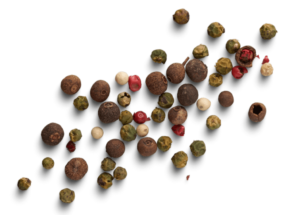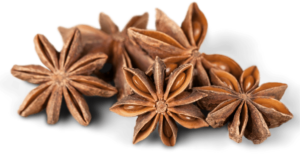
Peeling Back the Layers of Flavour Application
Let’s Sweeten the Deal
By Robert Muir
From a flavouring perspective, most food products on the supermarket shelves are made up of four main components: a base, sweetener, flavour and flavour enhancers. This article will explore flavours and provide an insight into the some commonly asked questions and less understood ideas surrounding flavours.
Flavours are made up of aromatic volatiles which fall into 3 main categories: esters, ketones and aldehydes. These are chemical compounds which are safe for consumption and responsible for the various aromas and tastes you have every day. From juicy oranges to nutty almonds to the meaty aromas present in a good pie at the footy. Combinations of these aromatic volatiles are used to make the various flavours seen today and are quintessential for making our products taste amazing!
When selecting/requesting flavours, it is extremely important to know what requirements you are trying to meet. Below is a short list of things to consider:
- Powder or Liquid
- Natural or synthetic
- Carrier types (what the flavour concentrate has been extended onto)
- Organic, Halal or Kosher requirements
- Nutritional/labelling requirements
- Flavour Profile
Powder or Liquid
Flavours come in both powder and liquid formats and most of the time it is pretty obvious which one is required. A flavour to go into a protein or collagen powder blend to be mixed with water by the consumer will require a powder flavour. In general most liquid based items, such as booze or flavoured water, will use liquid flavours for ease of mixing. It wise to confirm with your flavour supplier what carrier you would like your flavour samples in.
Natural or synthetic
There is much confusion surrounding natural and synthetic flavours. As discussed earlier, a flavour is made up of any combination of chemical compounds called aromatic volatiles. These chemicals can be synthesised in a lab and must be labelled as synthetic flavours. Synthetic flavours are often stronger in aroma and flavour delivery and more cost effective. However, the average consumer and thus the market is rapidly moving away from synthetic to natural flavours. Natural flavours use chemicals extracted from; real fruits, vegetables, plants, natural sources; and no synthetic changes are made.
Logic would suggest that a mango flavour would have chemicals extracted from mangoes, however this is not always the case. Many fruits share the same aromatic volatiles that make up their own unique aroma and taste. For example, the main aroma compound found in mango is delta-3-carene. This aromatic volatile is also present in citrus fruits and pine needles! Often it is more cost effective to source aromatic compounds from another source. For example a mango flavour might contain delta-3-carene from a banana source, ethyl 3-methylbutanoate and Z-3-hexenyl butanoate from an apple source. Ultimately, it is clear how flavours are created from natural ingredients but not necessarily the actual nature identical fruit/food product.
Let’s continue exploring the considerations that need to be made when selecting a flavour in the next article Let’s Call in a Flavour



